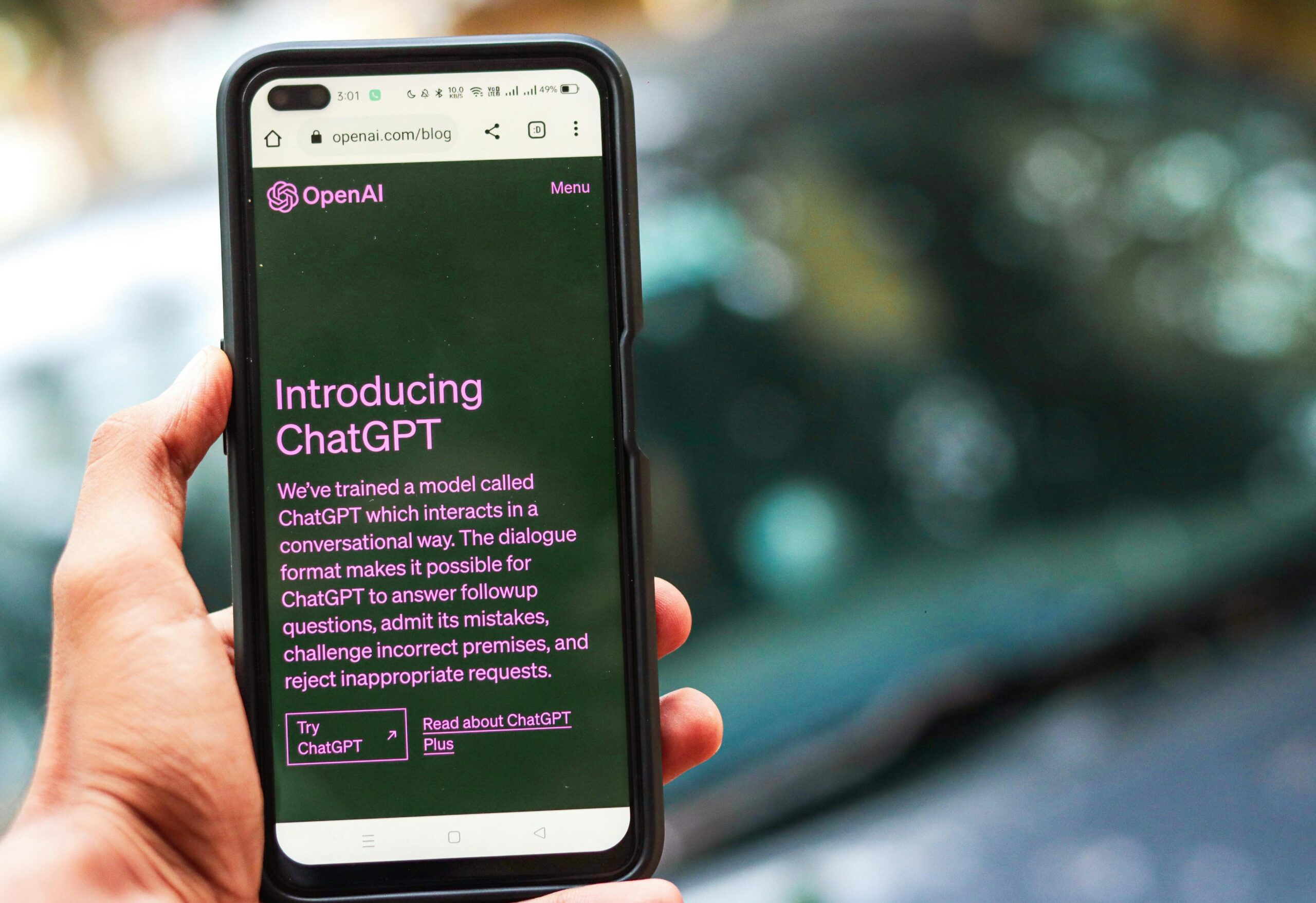
Tucked in the latest round of drama for OpenAI is growing concern about its transparency. Critics are scoffing at the benchmark scores of its new flagship model, called the o3. This model exhibits strong advanced capabilities, outperforming many other LLMs on EH capabilities. Advocates have raised alarms about the company’s reluctance to disclose exactly what data and resources were used to train these models. OpenAI recently announced an exciting new undertaking to help mitigate these issues. Its mission is to promote greater transparency and accountability in the development of AI.
The launch of the safety evaluations hub is another indication of OpenAI’s commitment to addressing the pressing issues of AI model transparency head-on. At OpenAI, we care deeply about sharing what we’re learning about how our technologies work. This means calling them out when they cause hallucinations or serve up otherwise dangerous content. This is a big deal. First and foremost, it demonstrates that the company is listening to the growing public outcry for transparency around AI practices and innovations.
Addressing Transparency Concerns
In last week’s House forum, OpenAI was rightly subjected to sharp questioning over its opacity when it comes to the o3 model’s benchmark scores. One of the most often repeated critiques is the lack of clarity around how these models are being judged. They’re just as concerned with the metrics used to measure their success. OpenAI’s new leadership has led on this issue, acknowledging past concerns and committing to greater transparency.
The o3 model represents a real breakthrough in the potential of large language models (LLMs). Its improvements have the potential to change the future of applications landscape. Yet the ambiguity surrounding training materials has proven to be a lightning rod for skepticism from industry professionals and users as well. With the launch of the safety evaluations hub, OpenAI is looking to address these concerns and build community trust.
The Role of the Safety Evaluations Hub
OpenAI’s safety evaluations hub will be used to conduct public assessments of its AI models on an ongoing basis. This is a momentous initiative, and it promises greater transparency in sharing important public safety and performance information about new technologies with the public. The hub is intended to be a valuable resource for understanding how the models work—both their strengths and their limitations.
This effort is emblematic of a larger movement across the AI sector. Companies are today being scrutinized like never before on their claims and on the way they do business. OpenAI’s proactive approach in establishing this hub may set a precedent for other organizations to follow suit, ultimately leading to an industry-wide push for greater accountability.
A Commitment to Transparency
OpenAI’s promise to be more transparent about its technologies’ outputs is a significant step towards rebuilding trust with users and stakeholders. Our safety evaluations clearinghouse aims to keep everyone public about the state of the art in AI. It addresses how to prevent and mitigate harms that occur when models still generate inaccurate, misleading, or dangerous content.
By pledging to this much transparency and more, OpenAI hopes to prove its commitment to safe and responsible AI development. OpenAI is just one of countless companies working on the challenge of making artificial intelligence less complicated. From our perspective, we understand that open dialogue and transparency are necessary components to fostering a responsible AI ecosystem.
What The Author Thinks
While OpenAI’s move to establish a safety evaluations hub is a commendable effort to address transparency concerns, it should go further in detailing its training processes and the datasets it uses. Trust in AI models will only be built when companies provide a more thorough and consistent look into their development practices, not just isolated improvements. The AI community needs to prioritize openness at every level, especially as these models become more embedded in sensitive industries and daily life.
Featured image credit: Sanket Mishra via Pexels
For more stories like it, click the +Follow button at the top of this page to follow us.
